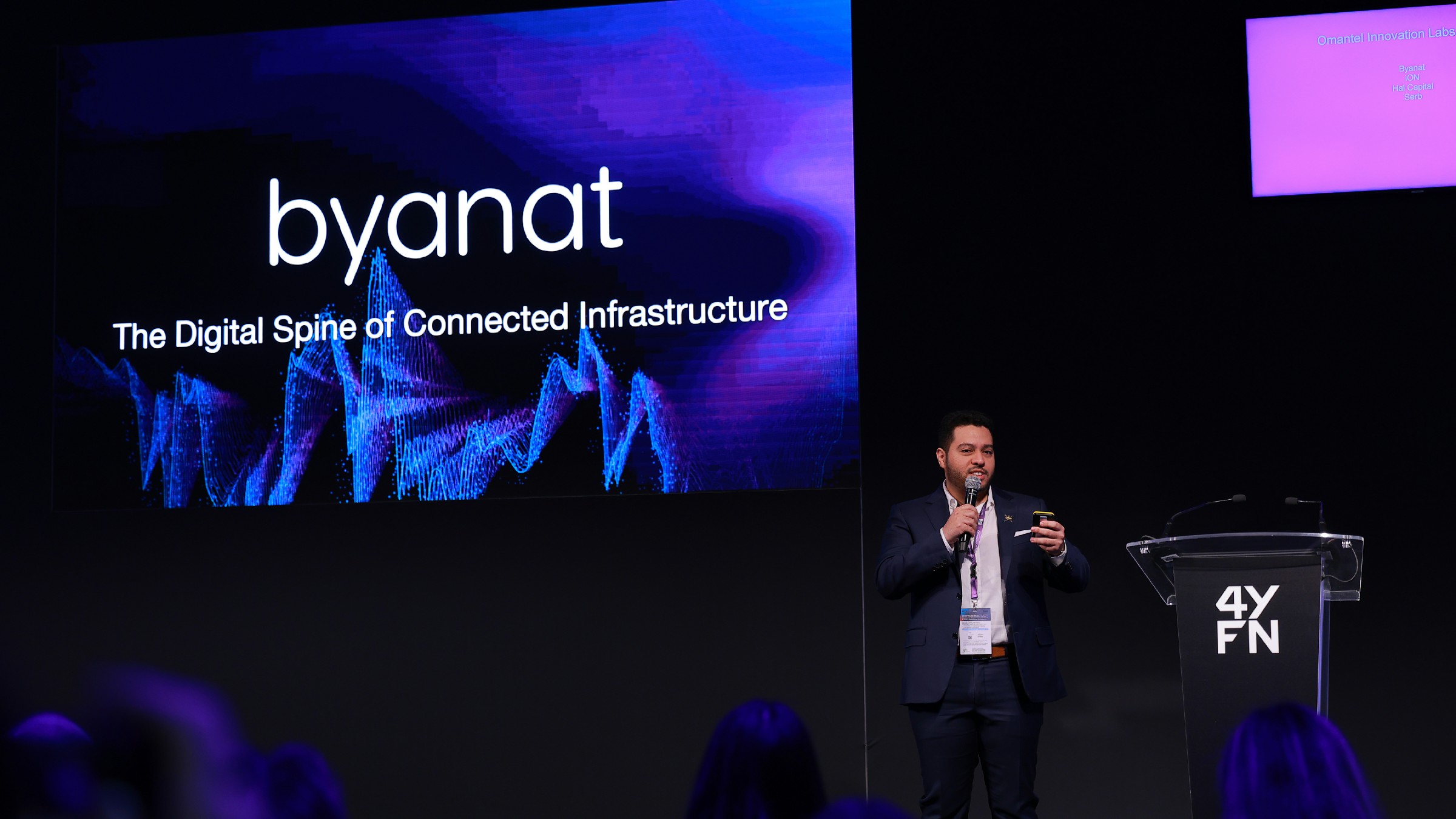
Transforming Drilling Safety and Efficiency with Digital Platforms in Oil and Petroleum Industry
How Connectivity Management Ensures Compliance with Safety Standards
The petroleum industry, known for its significant contribution to the global economy, is equally renowned for its inherent risks. With operations often taking place in remote and harsh environments, maintaining safety standards is a paramount concern. In this context, the Internet of Things (IoT) emerges as a game-changer. Through innovative IoT platforms, the industry is not only optimising its operations but also revolutionising safety procedures, particularly in drilling operations.
In this article, we delve into how IoT platforms play a pivotal role in enhancing safety in drilling operations within the oil and petroleum industry. We'll examine several IoT functionalities that contribute to this goal and explore real-world applications.
What are IoT Platforms and Their Applications?
An IoT platform manages the connectivity of the devices and allows developers to build new software applications that encompass an all-in-one solution. It facilitates data collection from devices and aids in business transformation. It connects a vast number of different components while ensuring a seamless flow of communication between the devices.
IoT platforms help in understanding what the customer needs to allow for the creation of products that fulfil their requirements and provide their organisations with greater intelligence and visibility into operations which in turn plays a vital role in decision making.
How to Improve Safety with IoT?

Real-Time Monitoring and Predictive Maintenance
Drilling operations rely on a wide range of heavy machinery, with each piece of equipment playing a vital role in the overall process. A single fault in any of these components can lead to costly downtime or, worse, a potential safety incident.
Here is where the power of IoT platforms comes into play. Through real-time monitoring capabilities, these platforms can track the status of each machine around the clock. This goes beyond just assessing whether a machine is working or not; the system analyses numerous parameters such as temperature, pressure, vibrations, and more, to understand the machine's overall health.
Take, for example, a drilling pump. IoT sensors can be deployed to monitor the pump's temperature, pressure levels, vibration patterns, and even the sound it makes. All of these data points are then fed into the IoT platform, where advanced algorithms analyse the information in real-time.
But the advantages of real-time monitoring extend beyond immediate operational insights. By analysing trends and patterns in machine data over time, the IoT platform can predict when a piece of equipment is likely to fail or require maintenance. This approach, known as predictive maintenance, allows operators to schedule repairs or replacements at optimal times, avoiding sudden breakdowns that could jeopardise safety. The result is reduced downtime, increased operational efficiency, and enhanced safety of drilling operations.
Enhanced Communication
Communication is vital in drilling operations. IoT platforms facilitate real-time communication and data exchange between the onsite personnel and offsite monitoring teams, providing the necessary groundwork for immediate response during critical situations.
Hazardous Environment Monitoring
With IoT sensors and devices, dangerous environmental conditions like gas leaks, oil spills, and other hazardous substances can be continuously monitored, providing early warnings and facilitating immediate response.
The potential of IoT in the oil and petroleum industry reaches far beyond merely improving operational efficiency; it holds the power to reshape safety measures, possibly preventing catastrophes and saving lives. As drilling operations grow in scale and intricacy, the integration of IoT technologies could offer unmatched safety, monitoring, and communication features, converting data into valuable insights.
Real-world Applications: byanat’s AI on Edge for Video Analytics Red Zone & PPE Detection

byanat ‘s AI-powered analytics platform helps to reduce risk and improve safety performance. Our video analytics on edge technology detects PPE violations and high-risk safety zone breaches, so you can take corrective action immediately.
By combining video analytics with machine state data, byanat also provides real-time process tracking, automated safety compliance detection, and continuous improvement of operational KPIs.

byanat, enables the following capabilities:
- Reduce operational risk by increasing compliance with PPE and safety zone requirements.
- Improve process efficiency by tracking key performance indicators in real time.
- Automate safety compliance detection to identify and address potential hazards quickly.
- Continuously improve your HSE performance by analysing historical data and trends.






